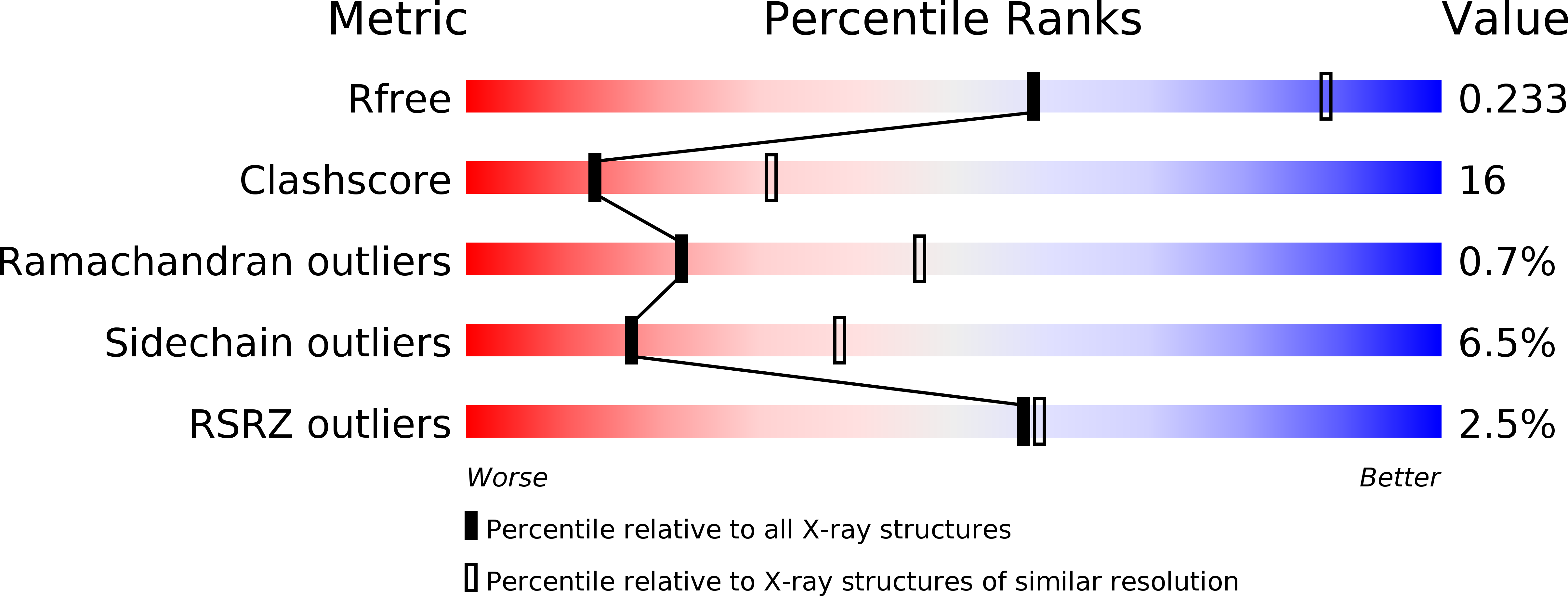
Deposition Date
2011-06-06
Release Date
2011-10-26
Last Version Date
2024-11-06
Entry Detail
PDB ID:
3SC1
Keywords:
Title:
Novel Isoquinolone PDK1 Inhibitors Discovered through Fragment-Based Lead Discovery
Biological Source:
Source Organism:
Homo sapiens (Taxon ID: 9606)
Host Organism:
Method Details:
Experimental Method:
Resolution:
2.70 Å
R-Value Free:
0.23
R-Value Work:
0.19
R-Value Observed:
0.19
Space Group:
P 32 2 1


